Spring Sale is Here!
Save 10% on all inventory and new builds + 15% off select inventory for a limited time
Save 10% on all inventory and new builds + 15% off select inventory for a limited time
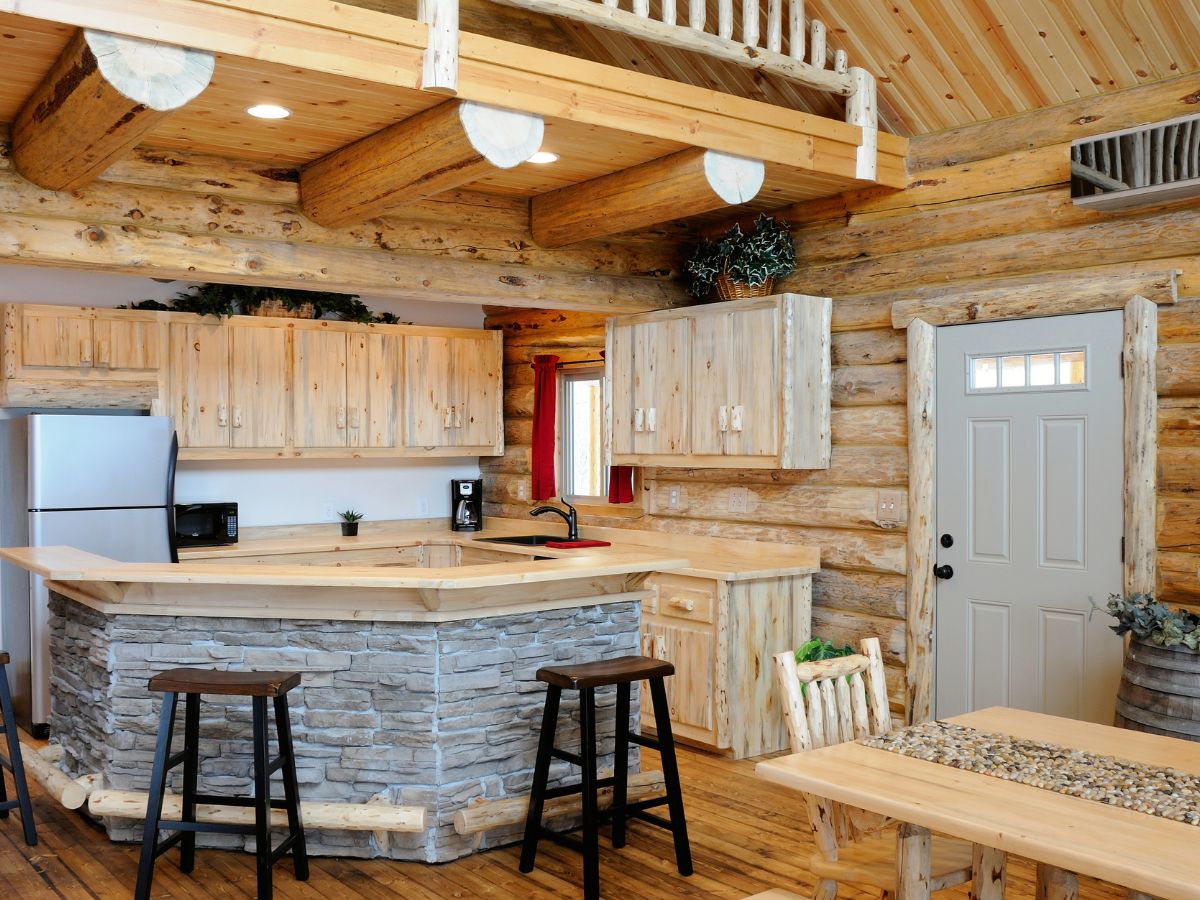
With the current state of the economy, tiny home living has become increasingly popular. Rising home prices and the challenges of dealing with realtors and sky-high costs have made affordable housing options more appealing. A shed house offers an economical and practical solution.
Not only is it easy to set up, but it’s also a sustainable way to live. In this blog, we’ll guide you through starting your shed house journey, covering everything from how to make a shed livable to legal requirements for living in sheds and the benefits of living in one.

In some areas, you can; in others, you can not. The answer to this question largely depends on where you live and your local building codes. It’s essential to check with your municipality to see what guidelines they have set up. You will likely need to obtain a building permit and permits for your utilities.
Consider the depth of your digging. Depending on your location, you might have to go a certain depth to clear the underground frost line. The frost line is the depth at which the groundwater in the soil is expected to freeze. This depends on the climate of your area.
Since zoning laws and regulations govern this process, it’s best to rely on professionals. Violating these laws can lead to complications in the future, so seeking expert assistance is always the safest and most reliable approach.
Living in a shed house provides homeowners with countless amounts of benefits, but there are 3 that really stand out.
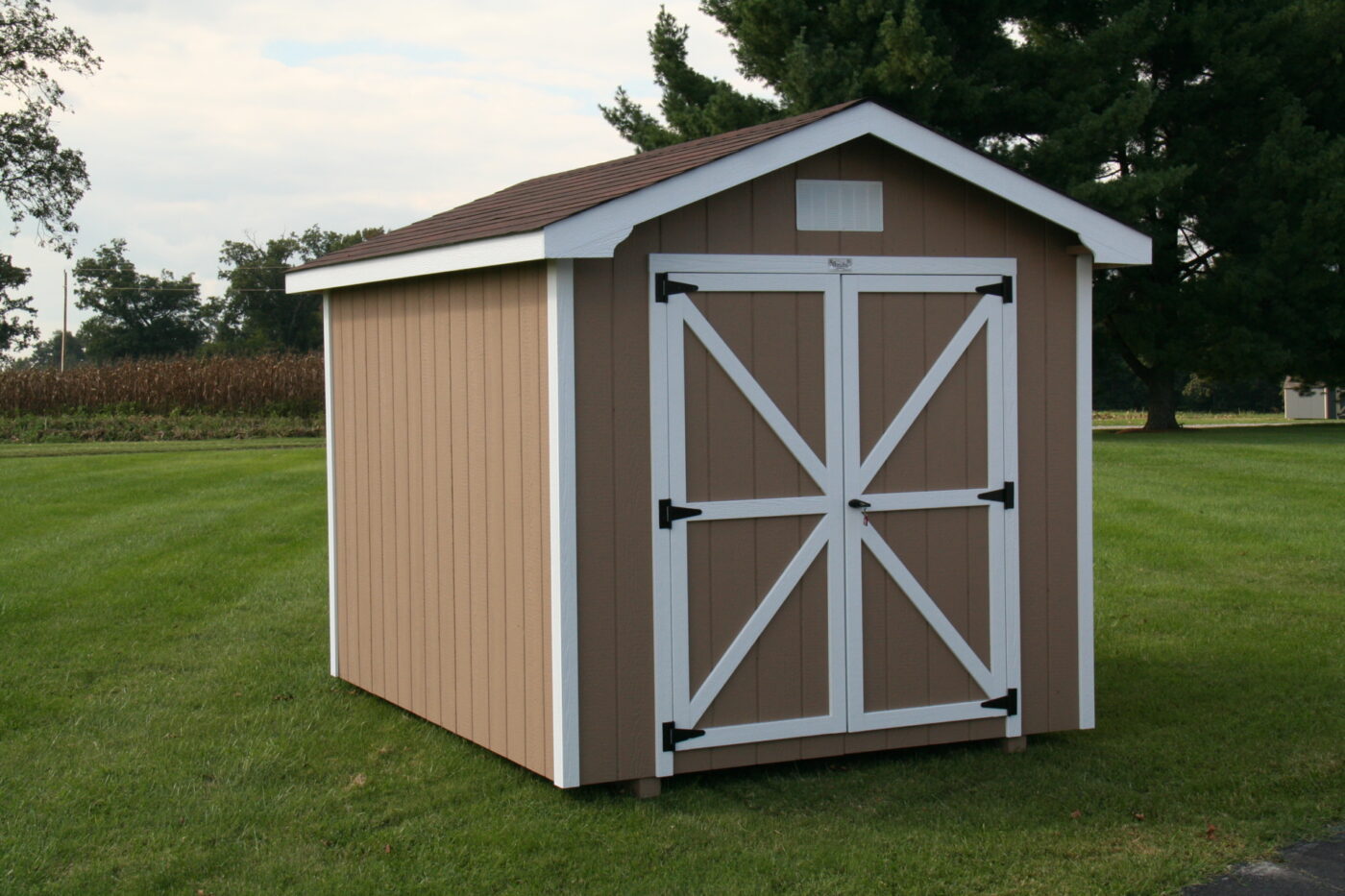
The first and foremost benefit is affordability. Compared to a traditional home or apartment, shed houses will lower costs. The main expense is either purchasing a shed or building it yourself.
Once you have acquired your shed and have gone through setting up plumbing, electricity, and other utilities, your monthly expenses will be drastically reduced. The cost of shed houses is even lower if you have an existing shed that you want to renovate or convert.
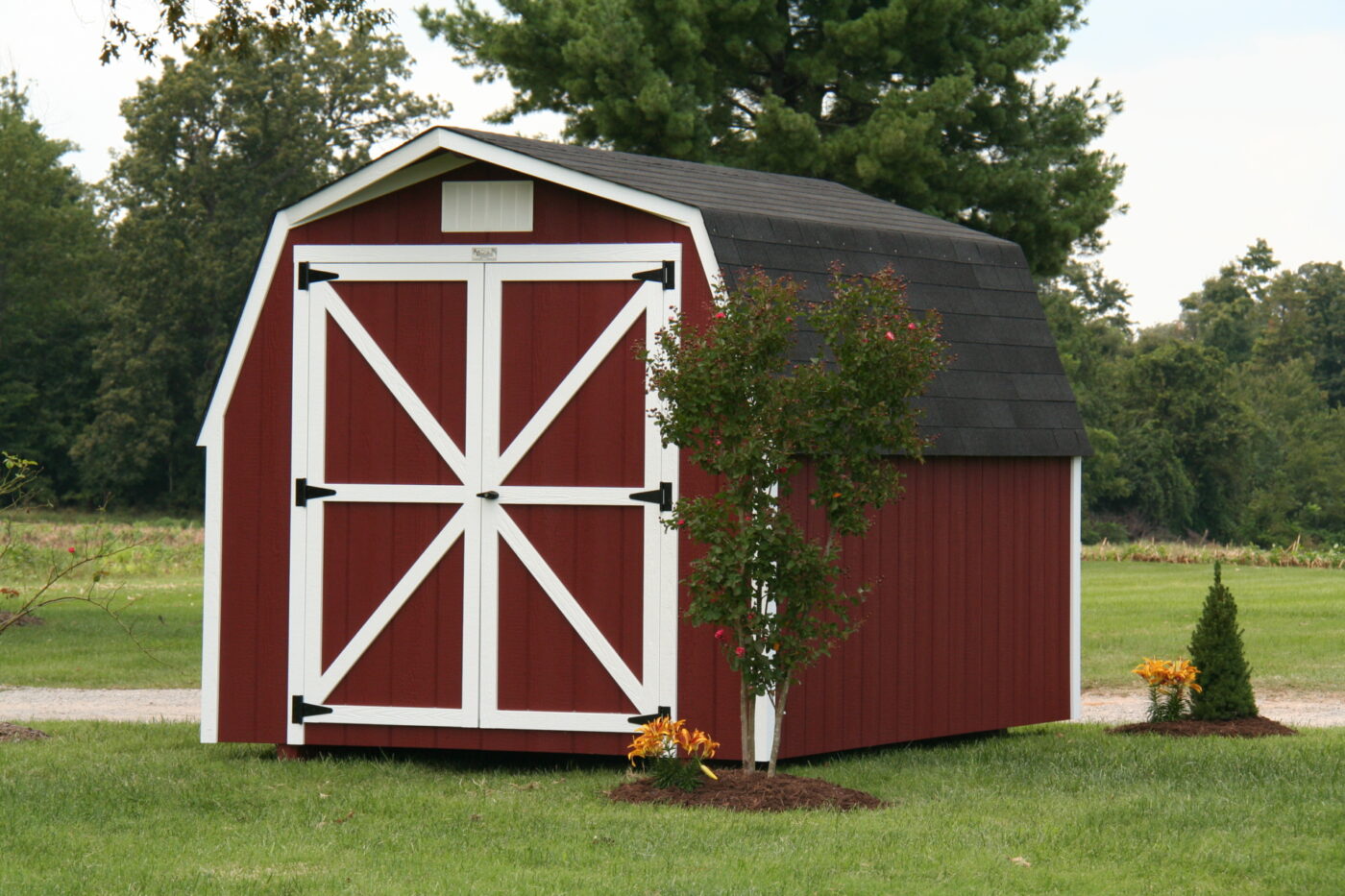
Another considerable benefit of shed houses is the flexibility that they offer. You can place your shed house anywhere you want! Nothing is holding you back from doing so. Do you want a second home right behind your house?
Great, you can do that! Do you want a getaway on a nearby plot of land that you own? You can do that too! The only limit is your imagination. Since these sheds are also portable, you can easily move them around.
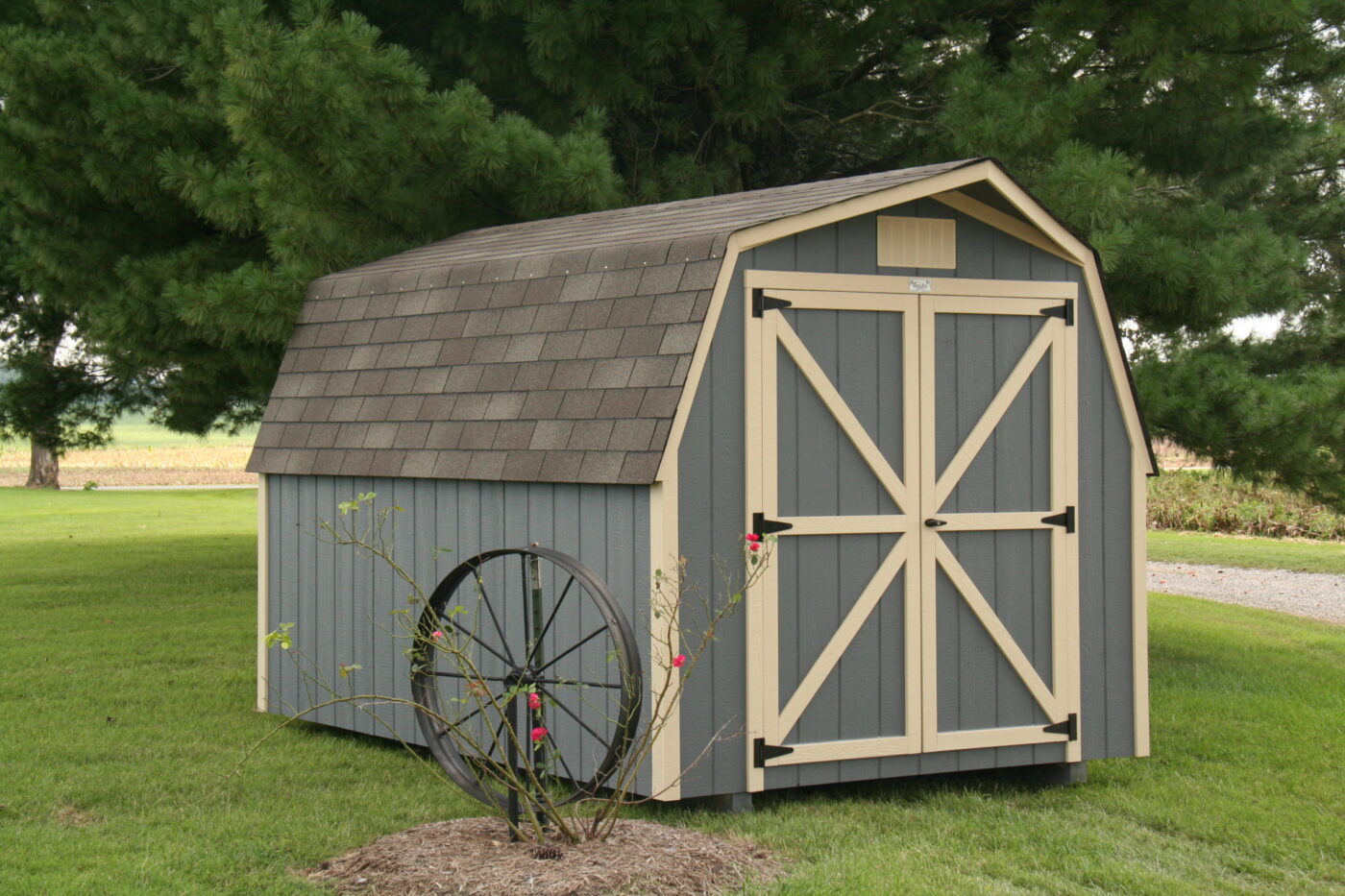
Sometimes, living a simpler life is better, and a shed house can do wonders for you! Living in a shed house encourages a more minimalist lifestyle and is clutter-free. Whether you’re looking to be a new homeowner or just want an addition to your home, having a shed house can ease your mind and let you live a less demanding life.
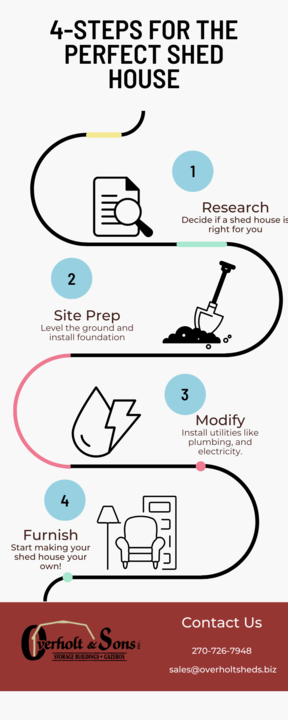
If you’re interested in converting your shed into a tiny house, there are a few key steps to follow:
The first step is straightforward: choose the right shed for your conversion. Ensure it complies with local zoning laws and building codes while meeting your intended use and size requirements.
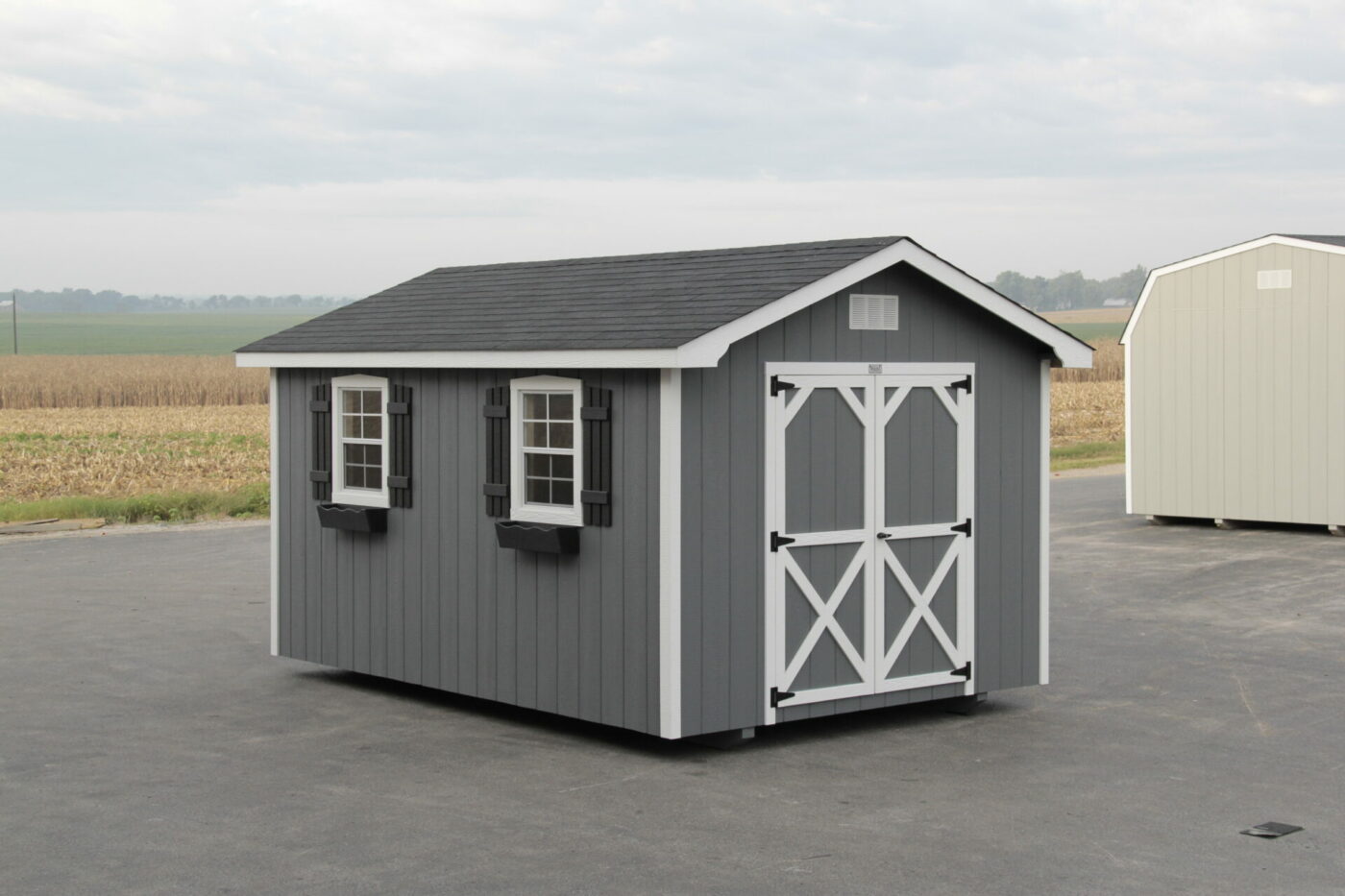
Any shed style can be converted into a tiny home. Whether it’s a Quaker, A-Roof, or New England, every style will provide you with the space you need for a tiny house. What matters is the aesthetic you’re looking for.
For example, an A-Roof style shed will give you the same amenities as any other shed but will have a more straightforward and minimalist look. While on the other hand, a modern or New England-style shed will look more luxurious and detailed. All styles of sheds offer an excellent opportunity for tiny living!
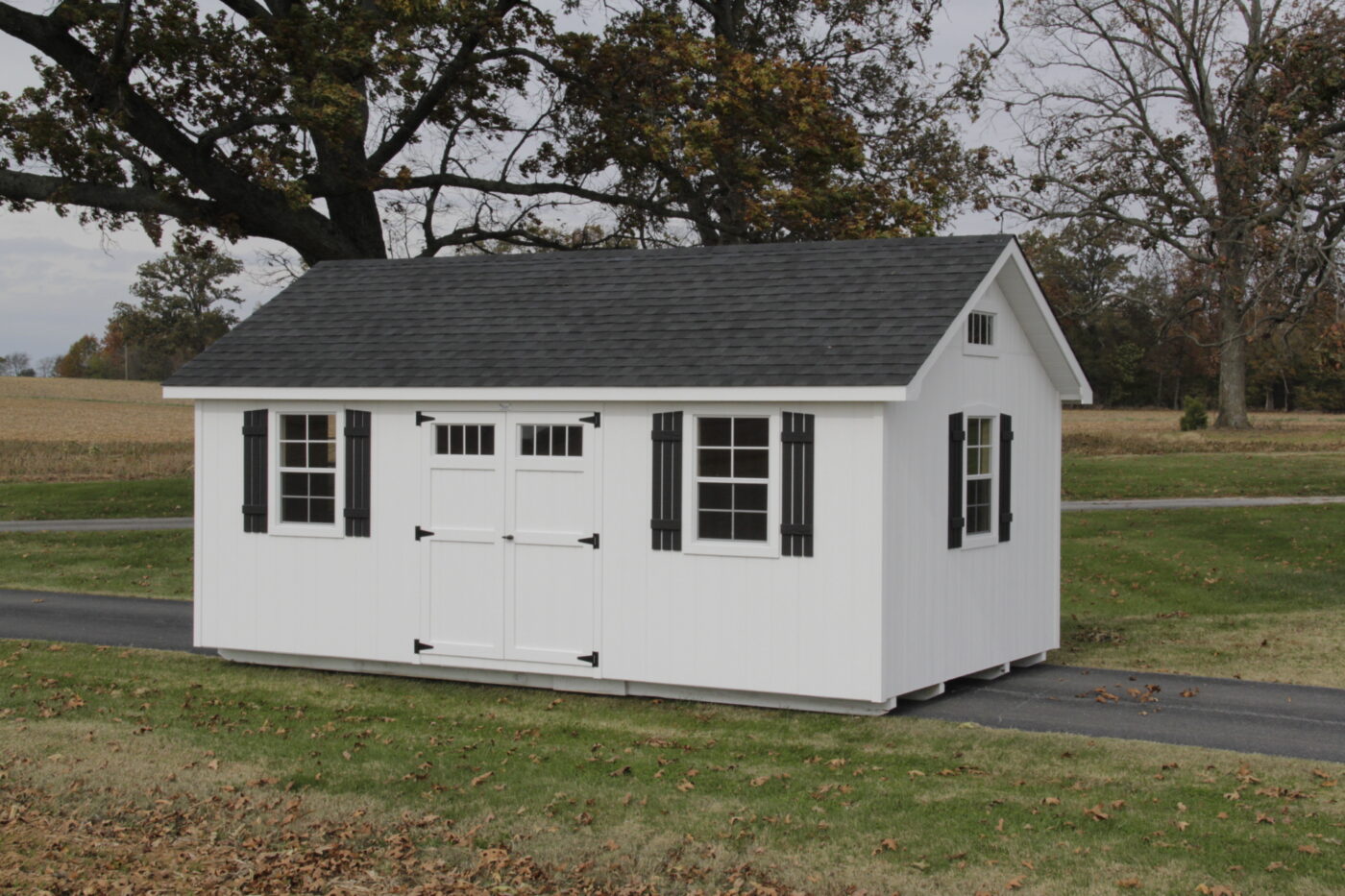
We recommend at least a 10×20 for at least a bed and some other items, but at the end of the day, only you know how much space you need. Not everyone will have the same needs. You might only want a space to sleep in, while others might want the full experience with a kitchen, living room, and bedroom.
If you would like more amenities like those listed above, something larger, like a 12×24 shed, might be more helpful. This will provide you with 288 square feet of space, similar to a studio apartment. However, it’s important to keep in mind that most tiny homes will not exceed 400 square feet.
Whatever you decide to do with your tiny home, choosing the right size is one of the most crucial steps. It’s important that the size you choose complies with your local regulations and provides ample space for the furniture and storage space you are looking for.
Once you’ve done the research and are ready to purchase, you need to get the site of your shed ready. This includes leveling out any uneven spots and installing a foundation. Shed foundations aren’t necessary for smaller sheds, but we’re going to assume here that you’ll be interested in a larger shed for more space in your home.
A foundation for your shed makes sure that the bottom of your shed is not susceptible to any water buildup and increases its lifespan. To learn more about shed foundations, check out this article from Site Prep.
If you plan to live in your shed, you’ll want to ensure it has all the necessary utility hookups. Here’s what you need to do:
Having a water source in your shed can be very convenient. You won’t have to lug buckets from your house whenever you need water; you can even install a small sink for washing your hands. Comparing other utilities like power and sewage, water is the simplest to install as it doesn’t pose much of a risk. All you need are the proper permits, and then you can install a water line.
You can do this however you like, via a contractor or DIY. Before deciding, weigh the pros and cons carefully to see what makes the most sense for you and your shed. If you’re thinking of doing it yourself, watch the video above, which provides a quick tutorial on running a water line to a shed.
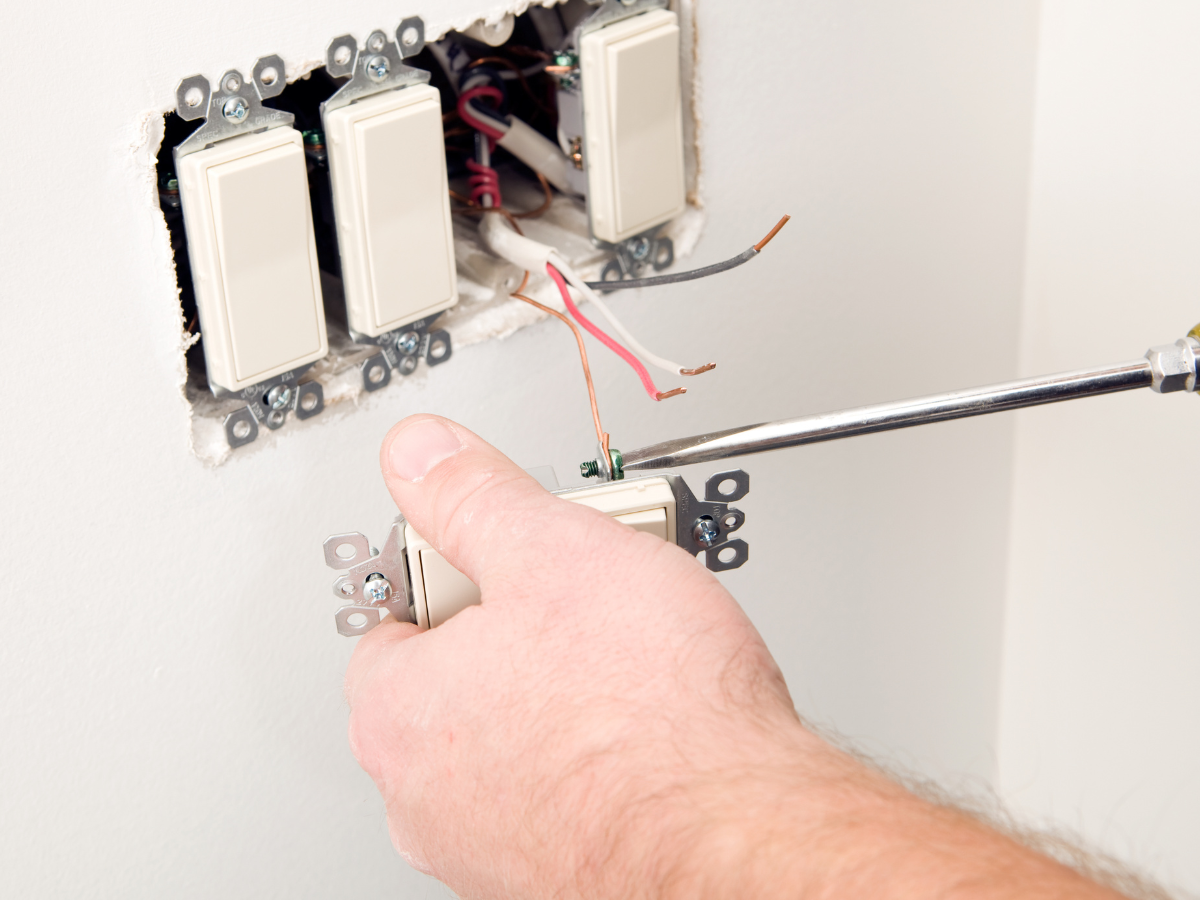
Adding electricity to your shed can be challenging, but it’s achievable with proper planning, permits, and safety measures. Here’s a simplified guide:
The right conduit will be liquid-tight and approved for underground/outdoor installation. These are typically metal covered by resistant plastic. To buy the correct conduit footage, measure the distance between your home and shed. You can connect your conduit to a switch box in your home.
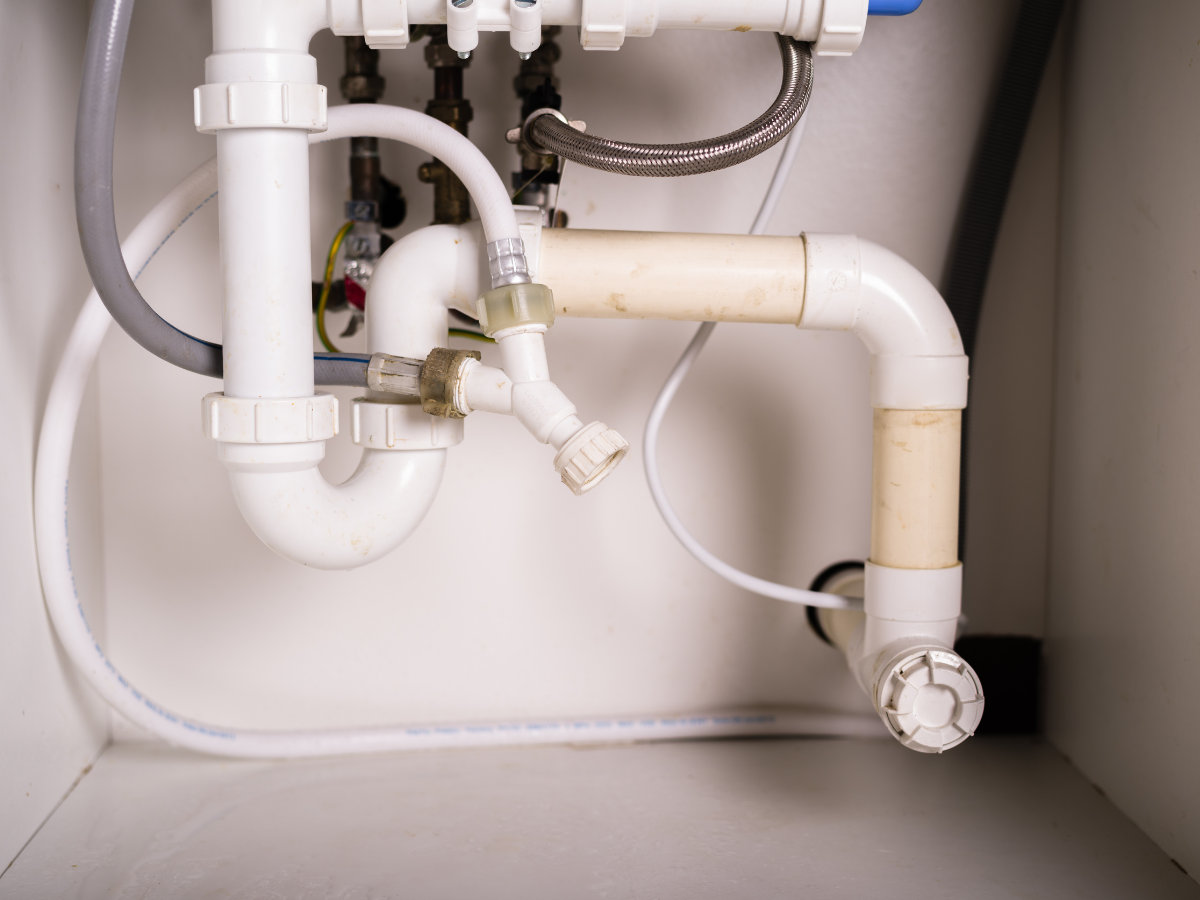
This step requires the proper permits to ensure compliance with local codes. Once you’ve done that, you’ll want to locate your main sewer line, determine the slope to plan a proper path to your shed for draining, dig a trench, and install the sewer pipe. The sewer pipe must be connected to the main line and your shed. This is often a complicated process; professional assistance is likely the best way to accomplish this.
You’ll likely want to add heating, cooling, and an internet connection to enjoy the comforts of modern life. If you live in a region with a mild climate, you might not need an AC or heating system. However, with increasingly unpredictable summer and winter temperatures, it’s wise to consider installing one for comfort and safety.
Air conditioners can be costly to buy and operate, so evaluate the upfront investment and ongoing expenses to ensure they fit your budget.
Also, think about how often you’ll use your tiny home shed. A fan might be enough to keep you comfortable if it’s only for occasional use. But if you plan to spend significant time in the shed, investing in an air conditioner is a better option for maintaining a comfortable environment.
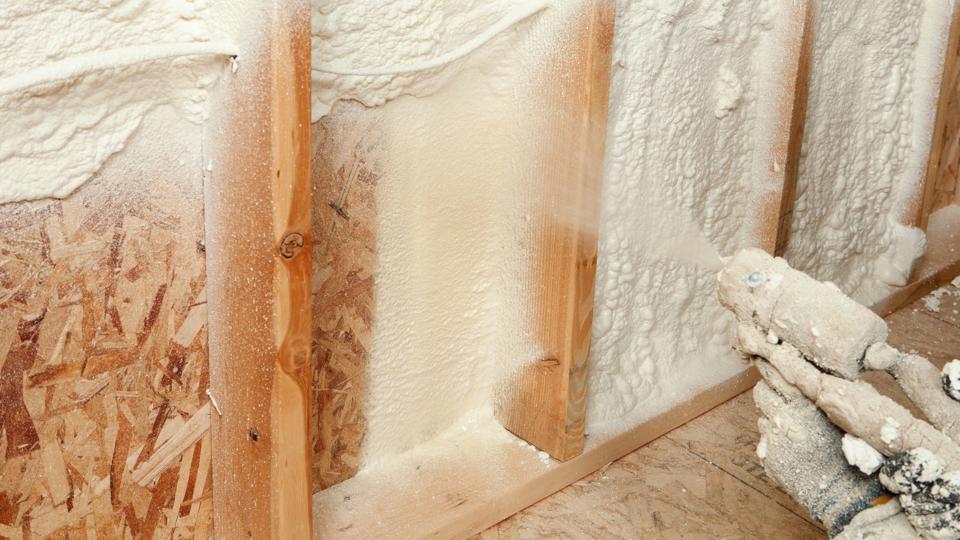
Insulation is a crucial step if you plan on spending lots of time in your tiny home! You can keep the interior temperature stable by insulating your shed and protecting your belongings from extreme heat or cold. In addition, insulation can help to reduce noise levels, creating a more peaceful environment.
There are a few different ways to insulate a shed, so research before deciding on the best option for your needs. Here is a thorough step-by-step article that can help you insulate your shed! You can make your shed more comfortable and efficient with a little effort!
You want to ensure that your tiny home is adequately sealed and has drywall for air tightness. You can also add trim and any preferred flooring for your tiny home. Then it’s time to finish up the last steps in converting your shed into a tiny home by adding cabinets, countertops, shelving, and more.
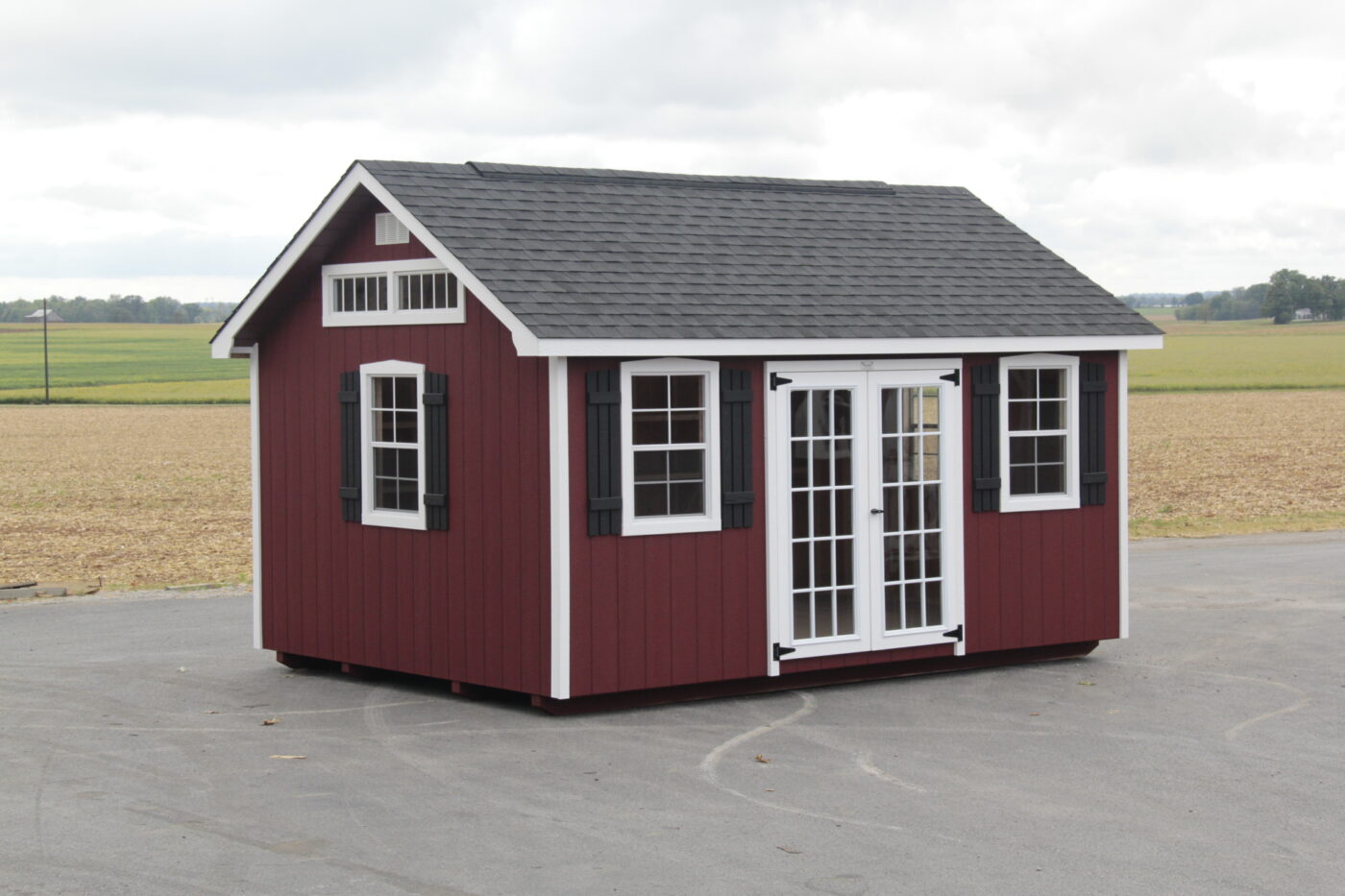
One of the first things you’ll notice when painting your shed is the vast array of colors. We have lots of colors and options you can choose from for your dream shed! Once you’ve selected the perfect shade that’ll complement (or stick out) your home, you’ll need to ensure that you have all the necessary supplies.
In addition to a paintbrush and ladder, you’ll also need a drop cloth, painter’s tape, and sandpaper. With these tools in hand, you’re ready to begin painting. If you plan on doing multiple coats of paint, let the first coat dry completely before adding a second coat. Finally, enjoy your newly painted shed! Since sheds are relatively small, this step can be done over a weekend of work!
If you previously used your backyard shed as a storage space, you might have tools strewn about, hindering your ability to gain more storage space. Investing in some shelving is one way to clear up more space in your shed.
By hanging items on the walls or installing shelves, you can free up floor space and make it easier to place furniture and decor for your tiny home. By following these simple tips, you can maximize the space in your shed and prepare it better for your tiny home living!
When deciding how to set up the decor around your shed, there are a few things to remember. Since you’re researching how to convert a shed into a tiny home, you probably won’t be using your shed as a storage space.
That means you don’t have to keep the area around it free of clutter. Put some plants around your shed and even some decor like signs or a porch. If your shed is off the ground, get a portable deck to set in front to give yourself a front porch. A deck builder can build it with a roof on top to give you a place to sit and enjoy the outdoors. This will give your backyard shed a homier feeling and create the right mood!
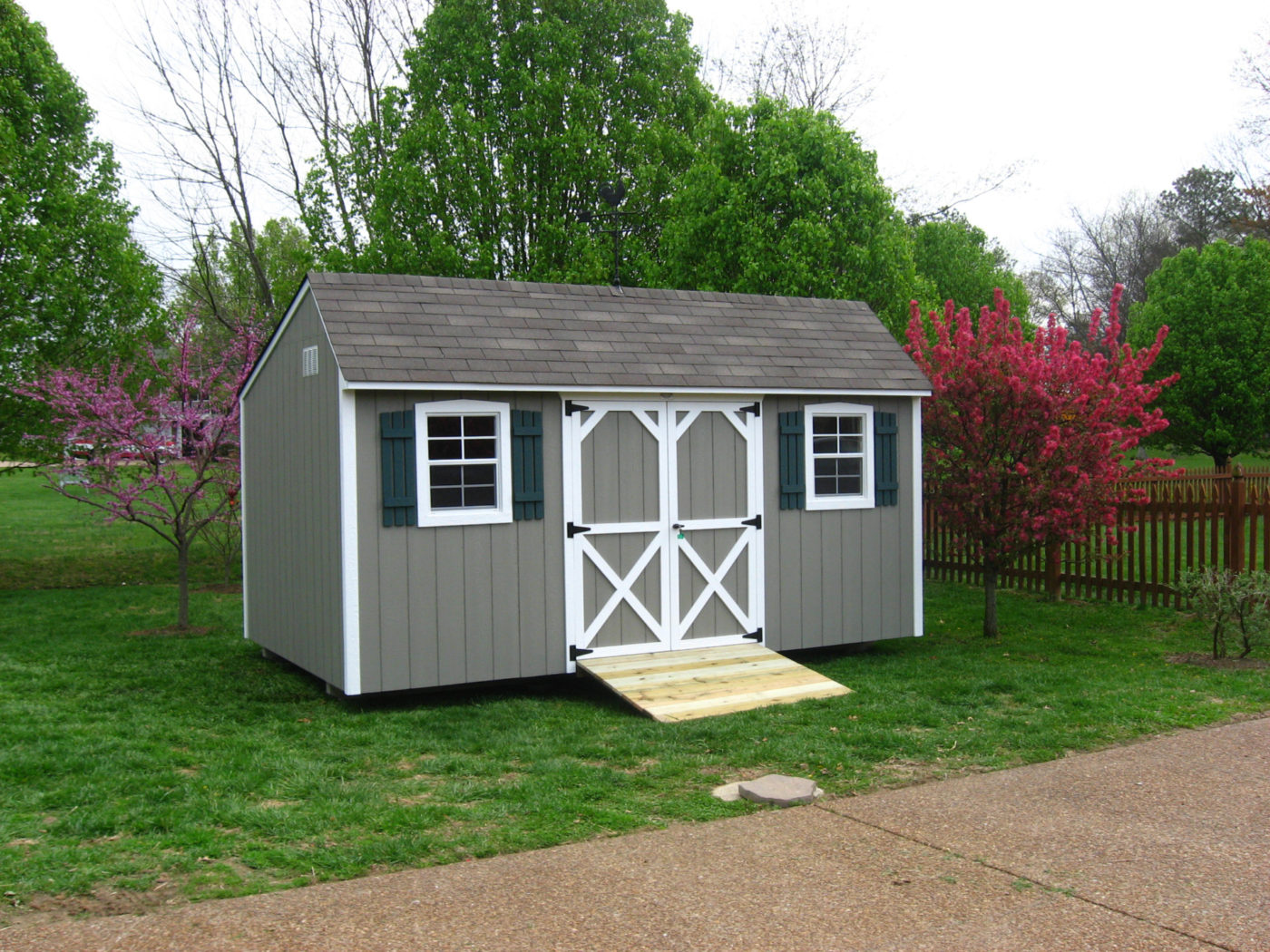
The cost of turning a shed into a tiny home depends on the cost of the shed itself, any materials you use to convert it, and the furnishings you add to your tiny home. Here are some typical costs for each of these items:
It’s important to know that prices could be lower or higher than the ones included in these price ranges. The cost will largely depend on the materials and amount of them you use and the shed style and size you collect. You will also have to factor in labor costs if you decide to have someone else convert your shed.
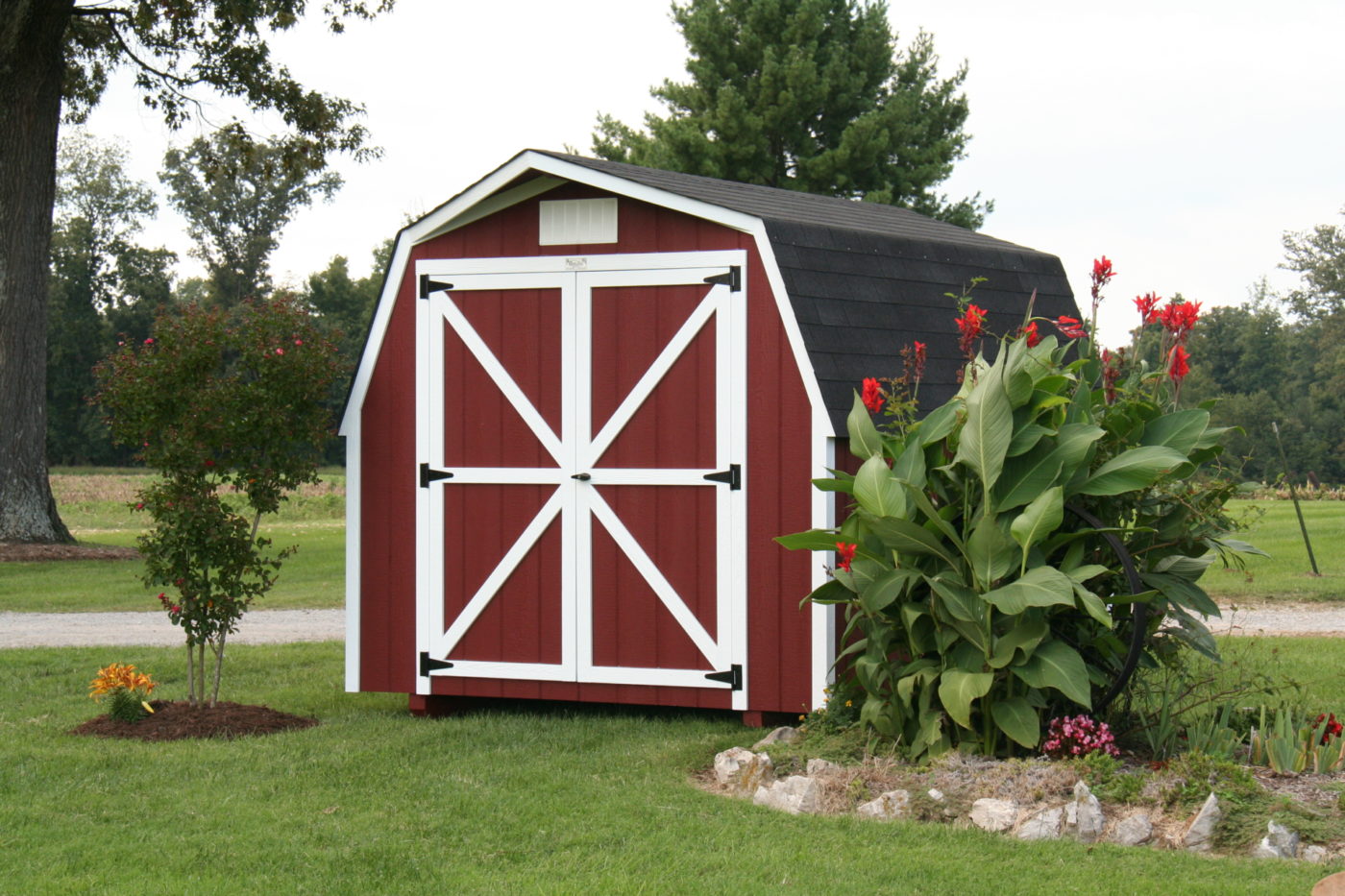
There are advantages and disadvantages to both options. Take a look down below to see them all.



Cost-Effective – Purchasing a shed can get pricy when you buy it upfront. You’re not only paying for the building but the shipping and installation. When you build your shed yourself, you can gauge the price of materials and have an easier time sticking to your budget. On the other hand, if you’re on a tighter budget, the best option would be to take advantage of Rent-To-Own (RTO).
This is a system that most shed builders use, so you can pay for your shed in monthly installments. Once you are done with your payments, you own the building, and it is yours to keep!
Personal Satisfaction – When you accomplish something yourself, it feels way better than having someone do it for you. Even if you’ve never done anything like this before, making it into a fun weekend project where you can invest time can be worthwhile. Not only will you learn something new, but you will also be building your own dream shed house.
Customization – Although shed builders let you have full creative control, they typically come in a one-size-fits-all solution. For example, if you want specifically design a space in your shed larger for closet space or for kitchens, you could do this easier when you build your own shed.



As shed builders, we have some experience with this question! So what is the main difference between buying your shed and building it?
Professional Help – With professional help from experts, you can experience an easier time getting your shed house up and running! We streamline the process and make it easier than ever for you to get your hands on your shed. All you have to do is customize your shed; shed builders will give you full creative control and let you choose and pick every aspect of your shed. Once you’re done, that’s it. Now you just have to wait for your building.
Rent-To-Own – Shed builders offer a finance system called Rent-To-Own. Each builder will offer different variations of it, but the base of it stays the same. It is a way that homeowners can purchase a shed by paying a monthly fee instead of purchasing a shed flat-out. This is a great way for customers to save money yet still be able to have the luxury of a shed house.
Installation – Installation is also made very easy when you purchase a shed from a builder. Builders will ship your building to you and install it on-site where you want it. Some shed builders even offer to prepare your site and build you a foundation! Check with your local shed builders to see if they offer this option!
Installation – Installation is also made very easy when you purchase a shed from a builde
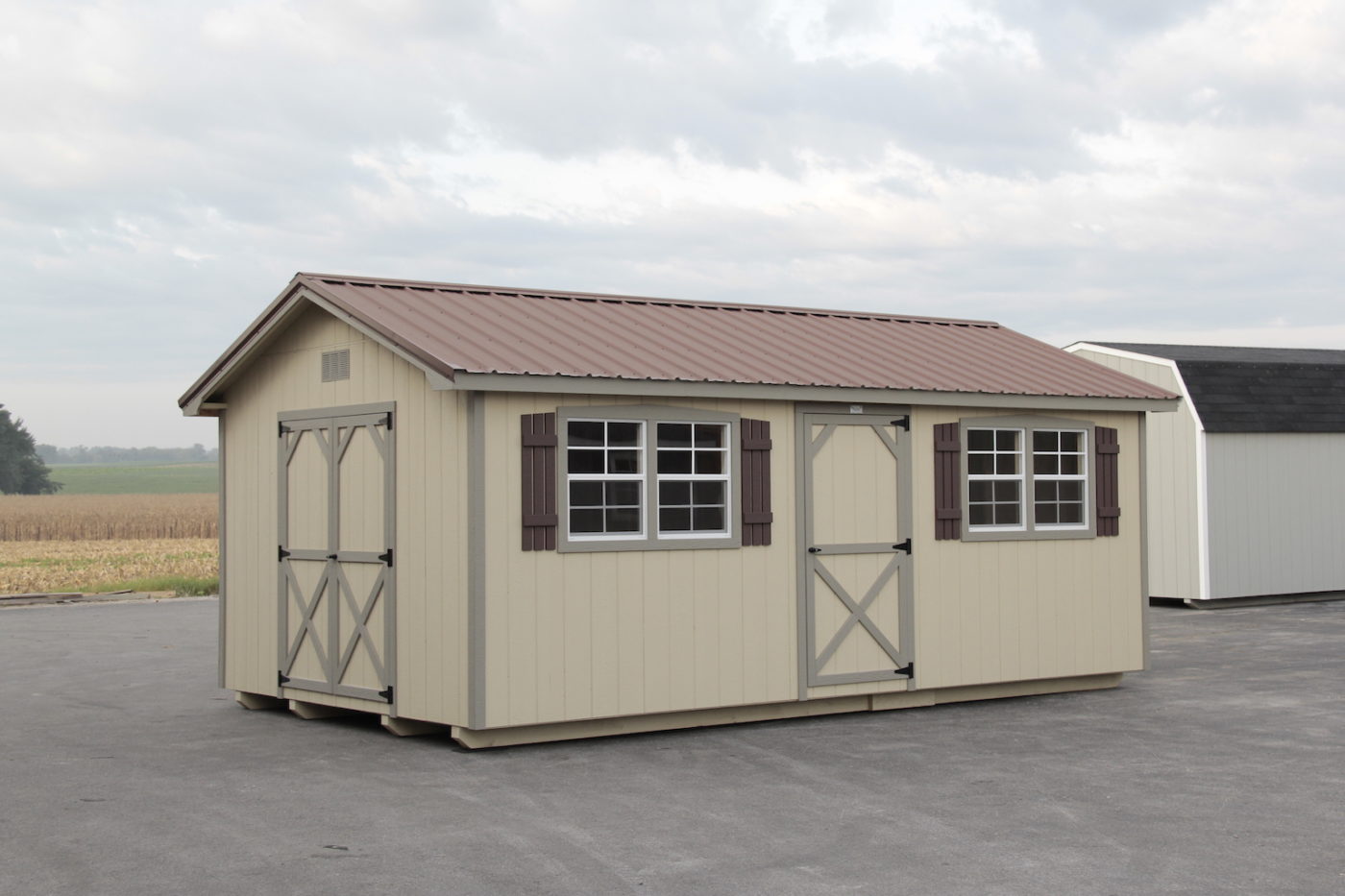
For over 30 years, Overholt and Sons has been dedicated to providing safe, durable, and aesthetically pleasing outdoor structures to our community in Kentucky. From sheds and garages to animal shelters and cabins, we take pride in delivering high-quality buildings that meet your needs and exceed your expectations. Our success is built on the trust and satisfaction of our customers, and we are committed to offering exceptional customer service every step of the way.
We want to help you create your dream backyard with a tiny home shed that is built to last a lifetime. Ready to get started? Fill out a free quote request today, or explore our 3D Shed Builder to fully customize your shed’s size, materials, and colors. We can’t wait to help you design the perfect structure for your property. Contact us today—we look forward to hearing from you!
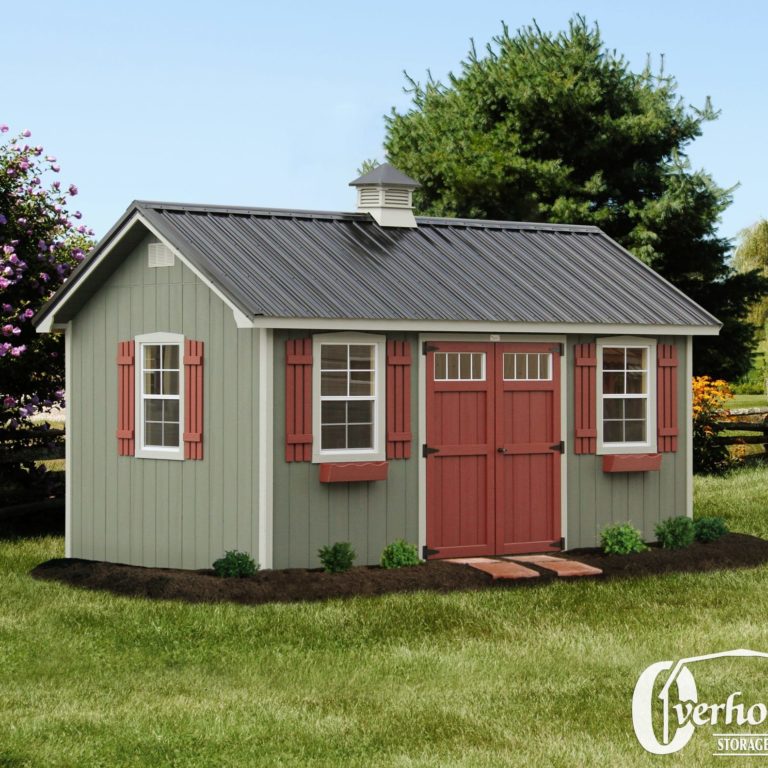

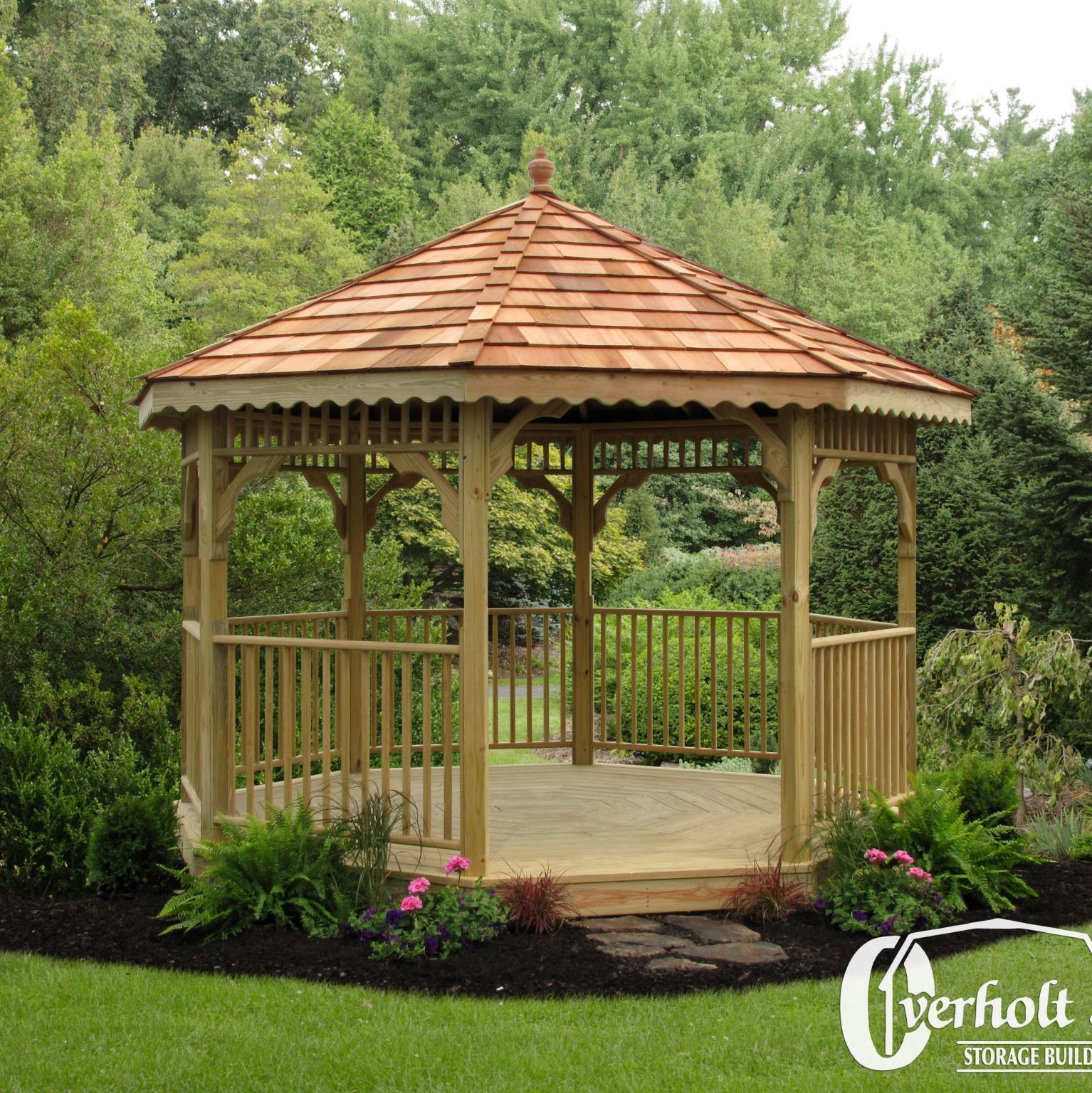
To make our structures more readily available we have storage building sales lots at our home manufacturing facility and other local locations. We are a family dedicated to serving you and others in Kentucky and Tennessee. We strive to do it well and with honesty.